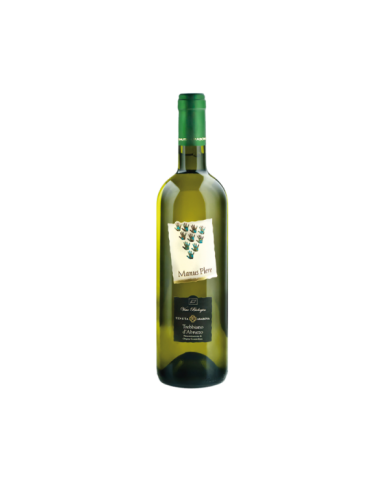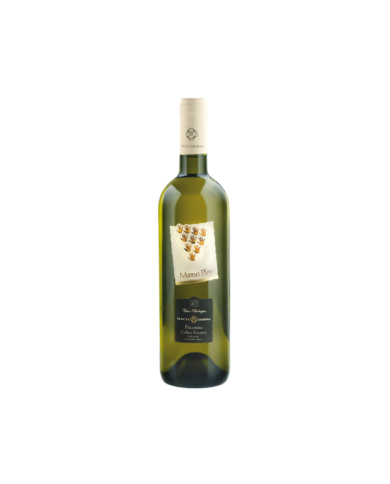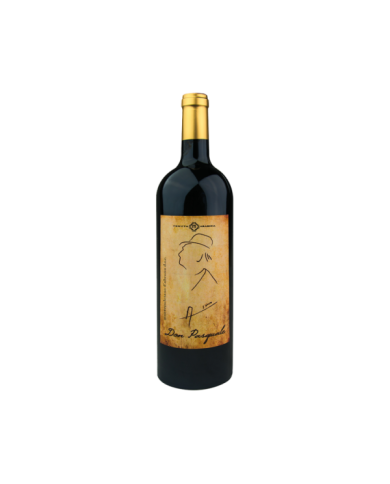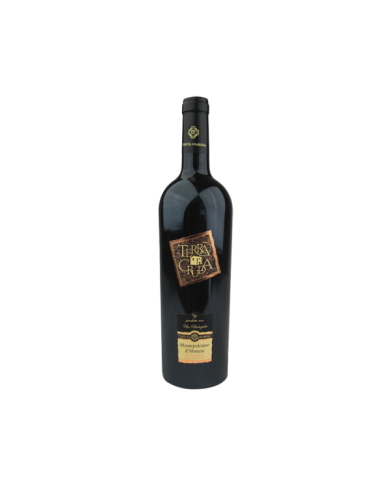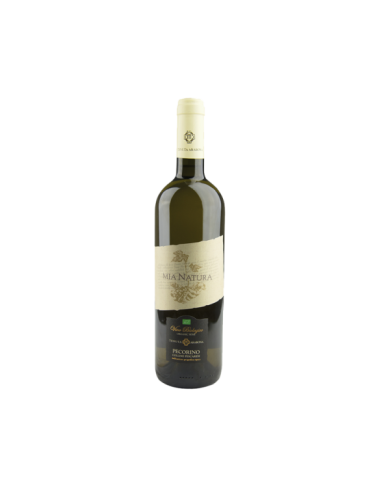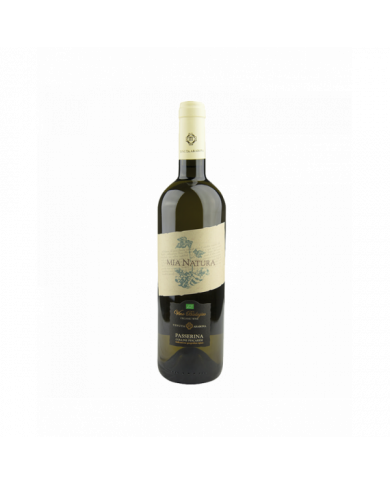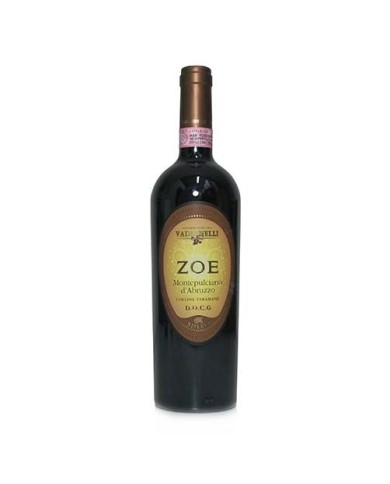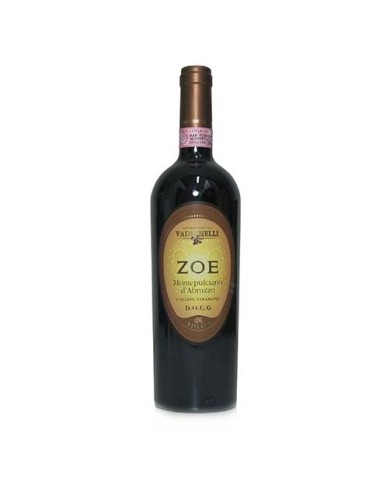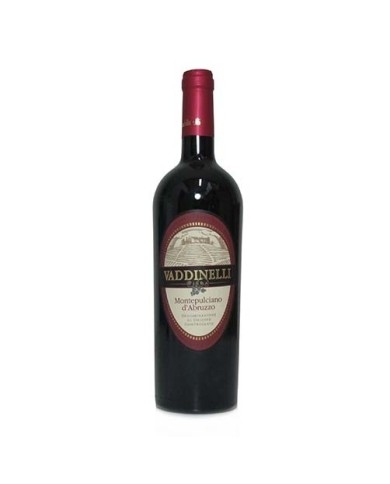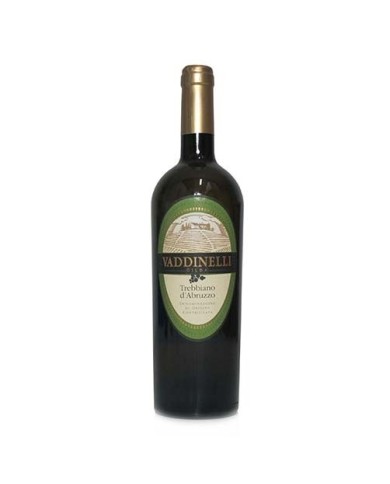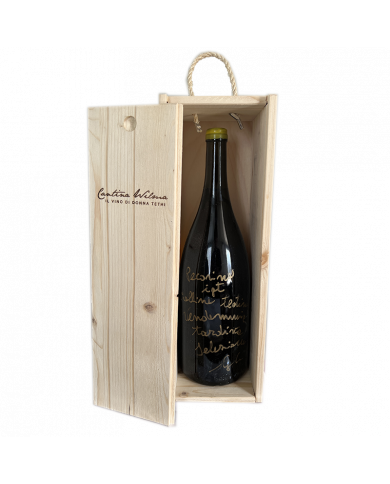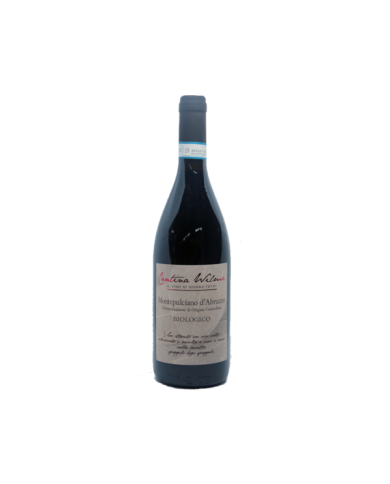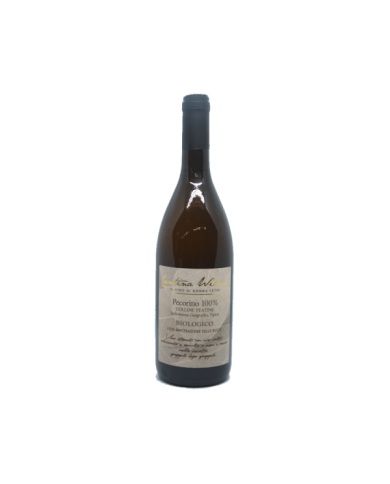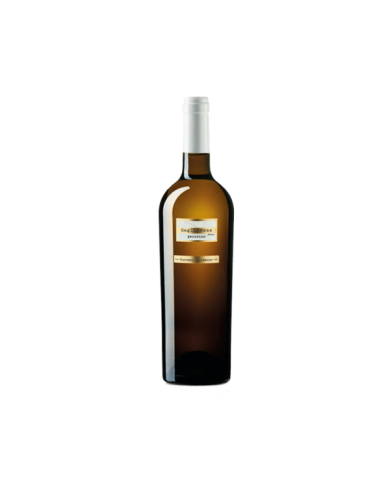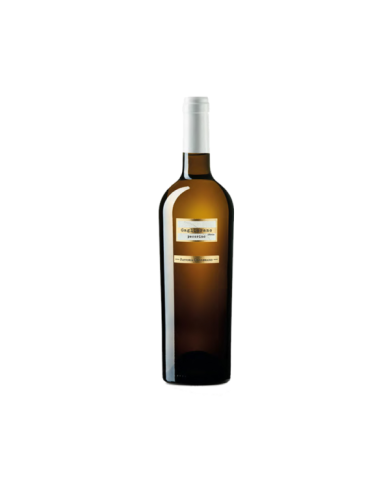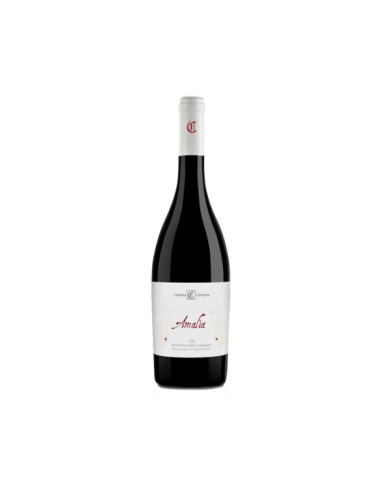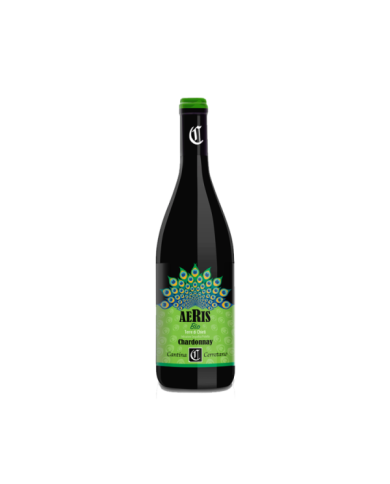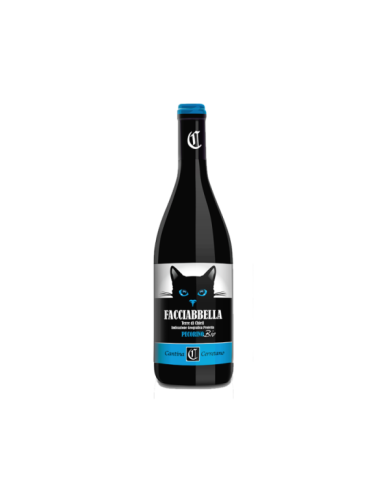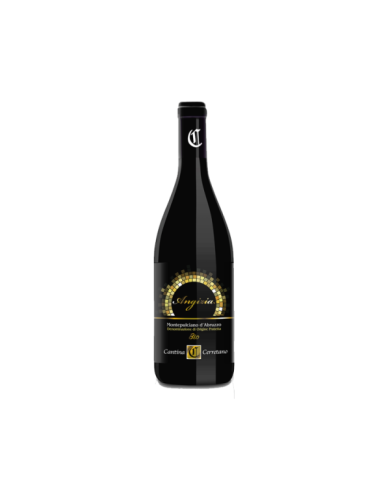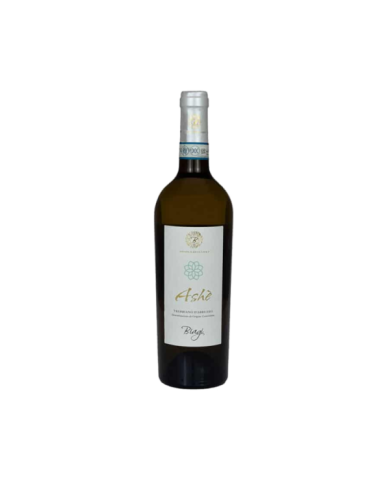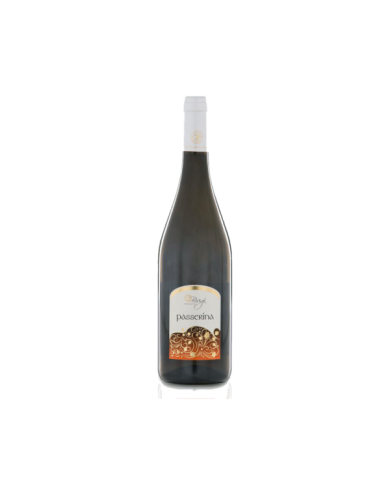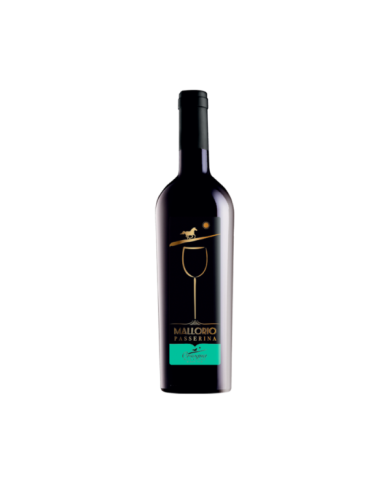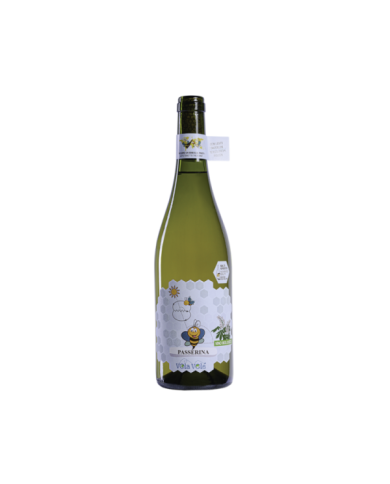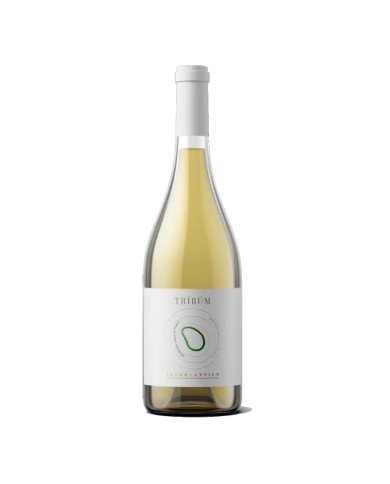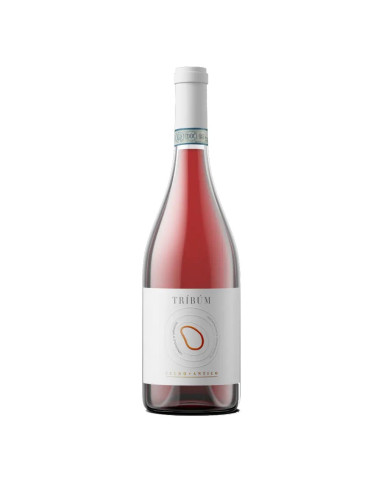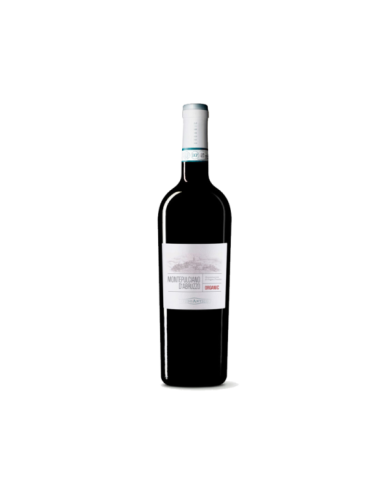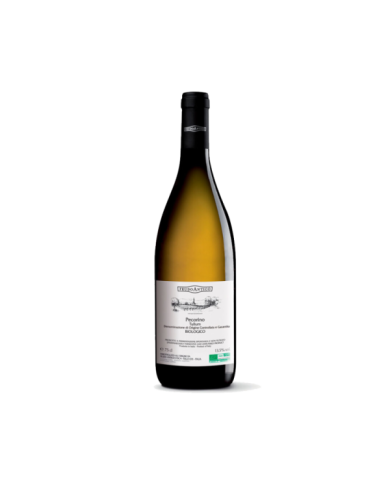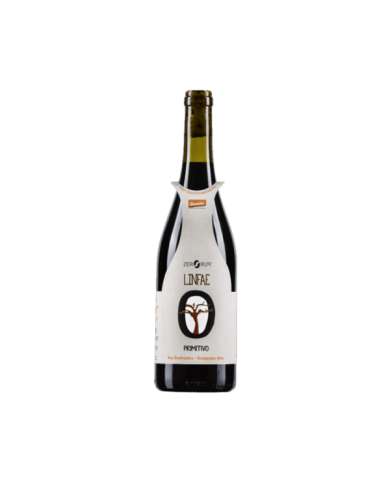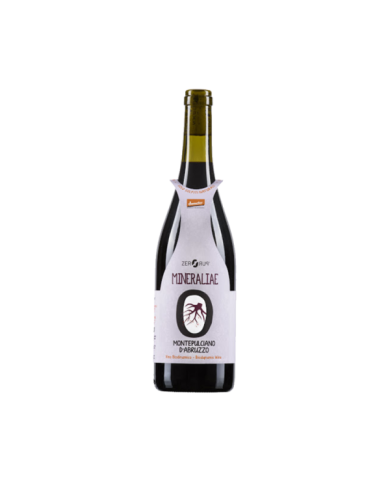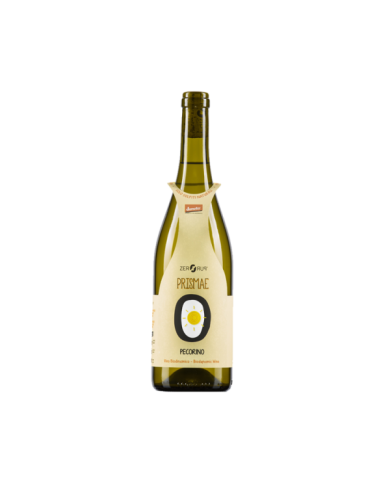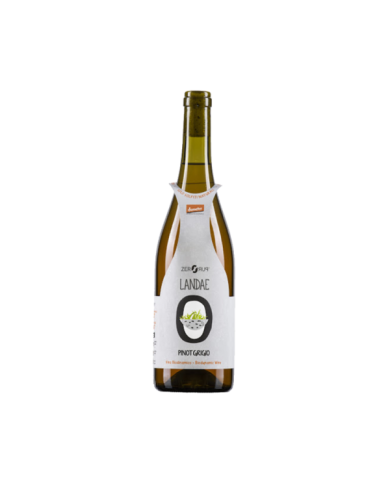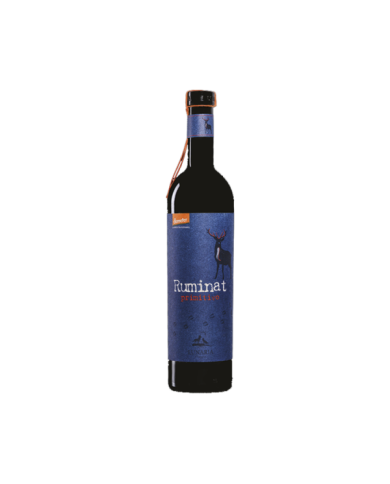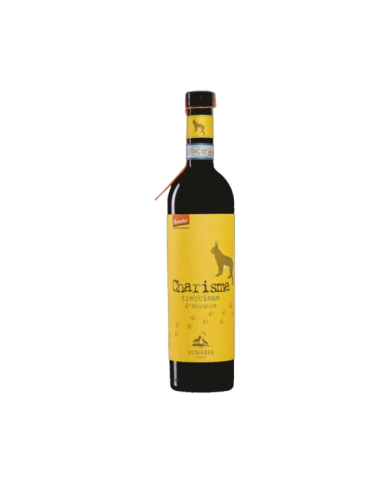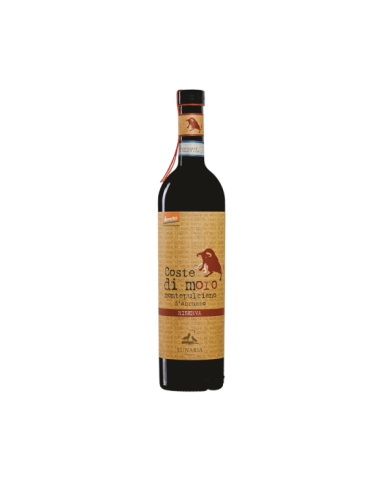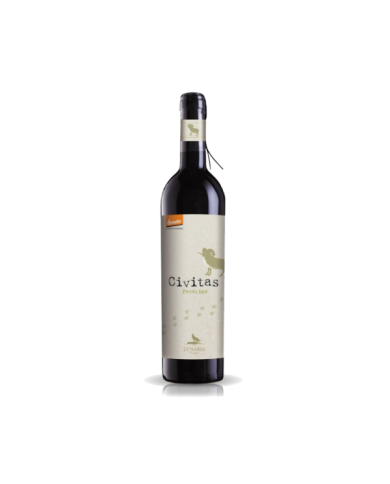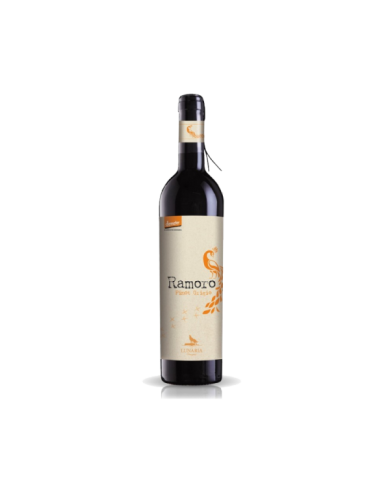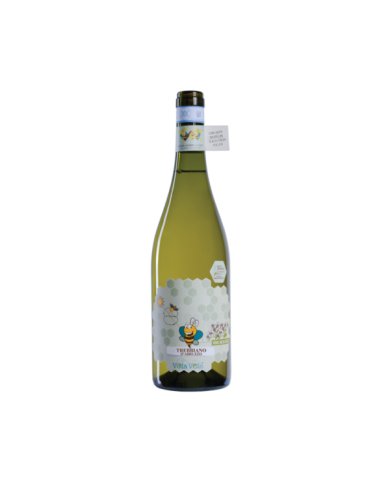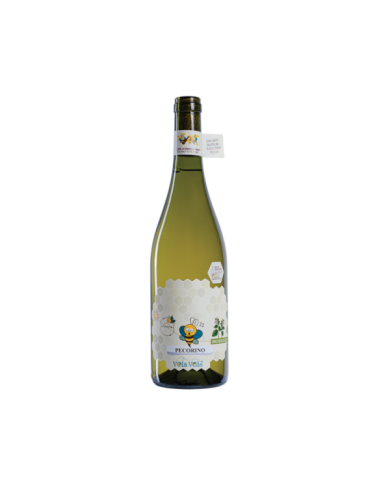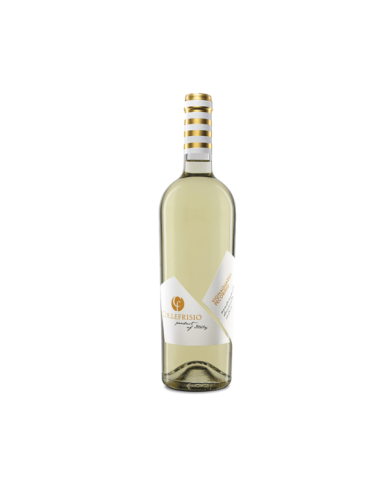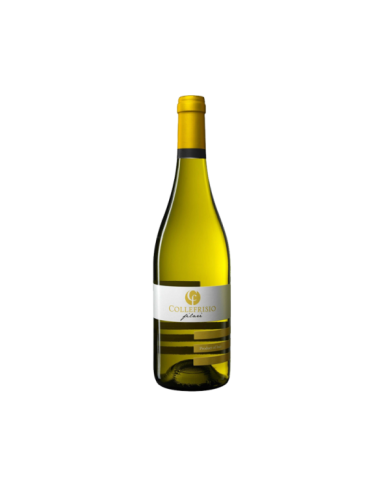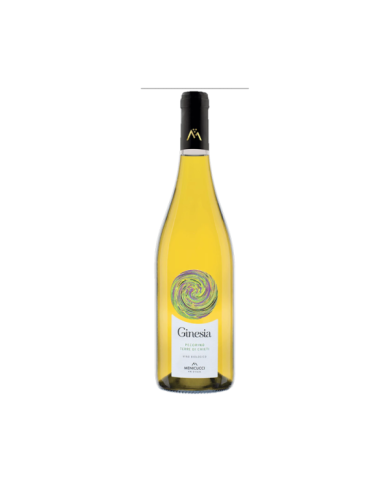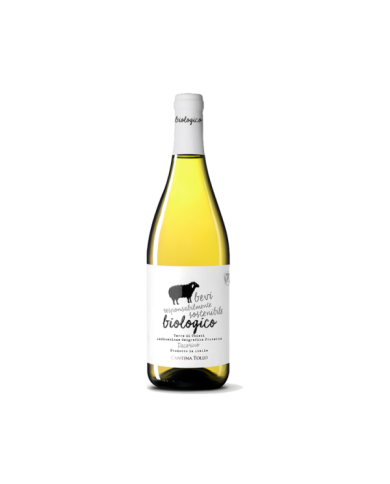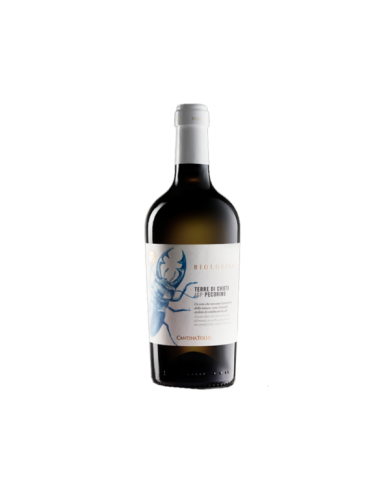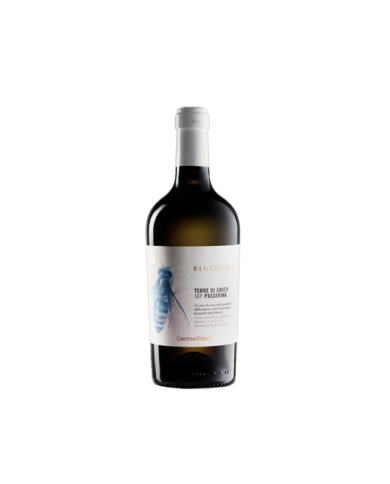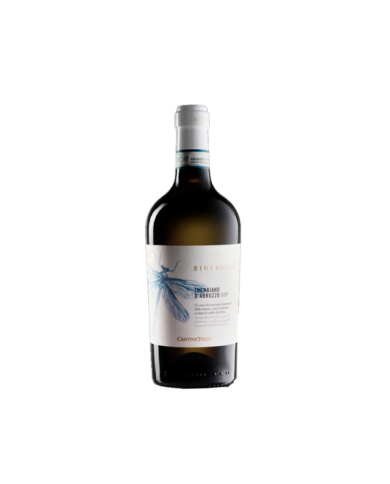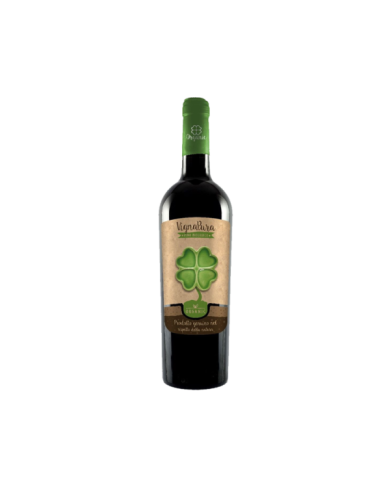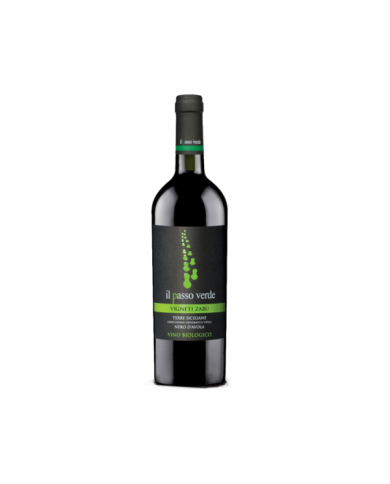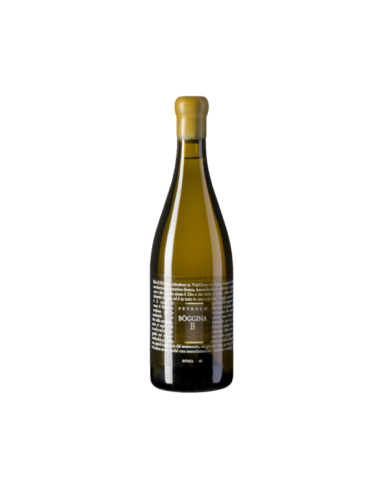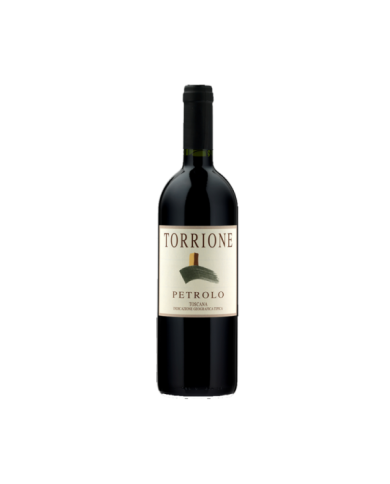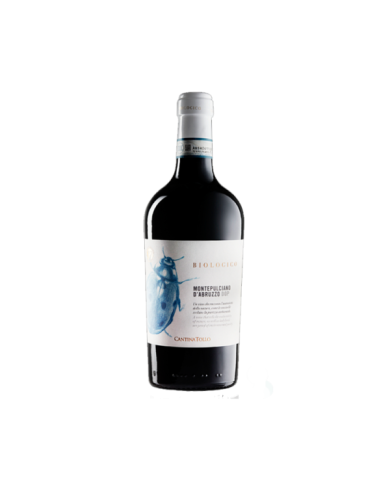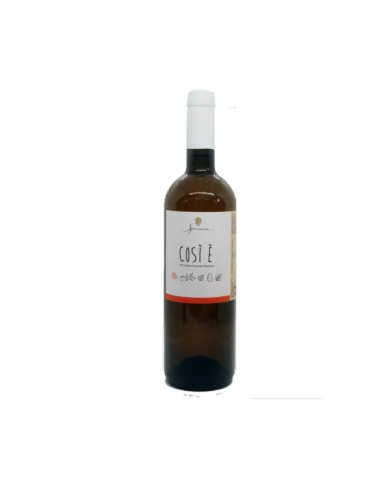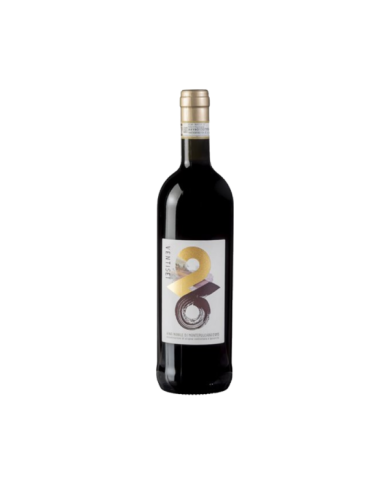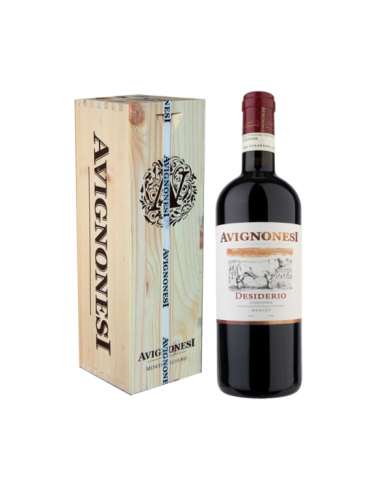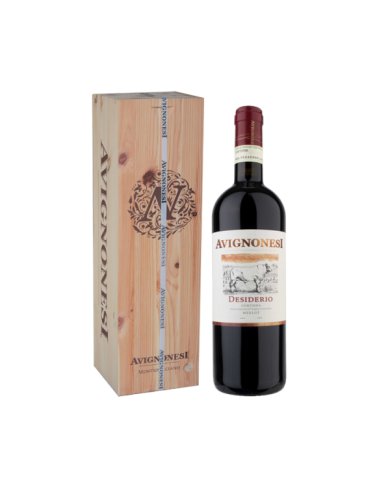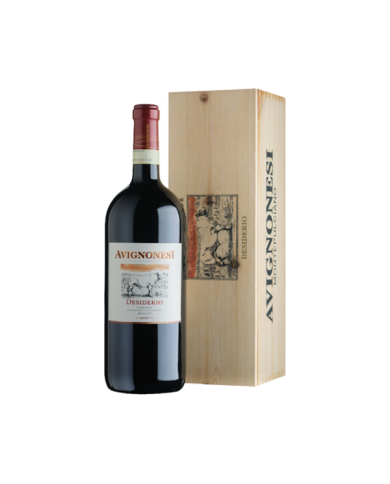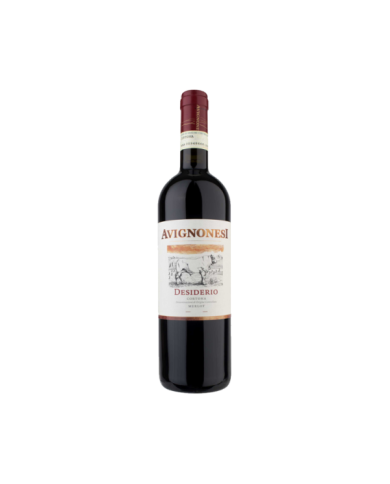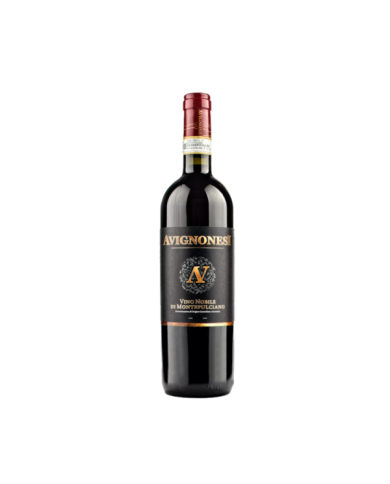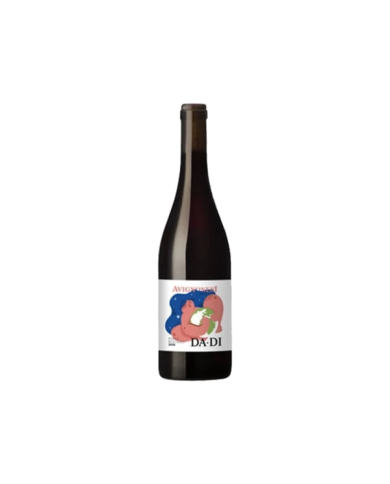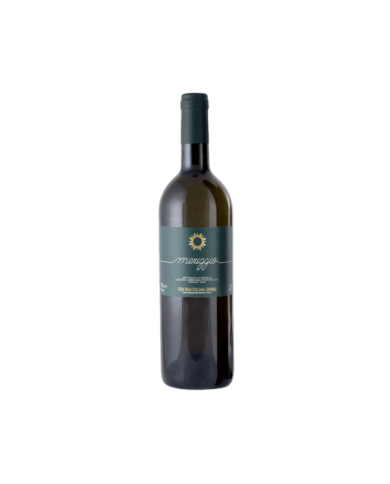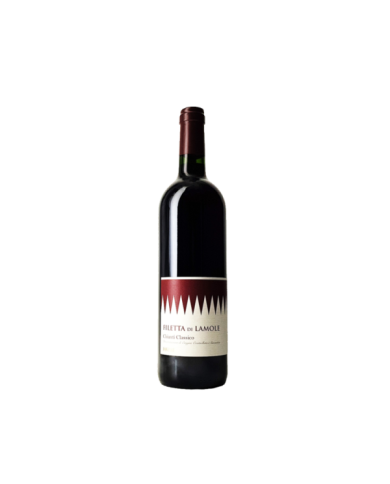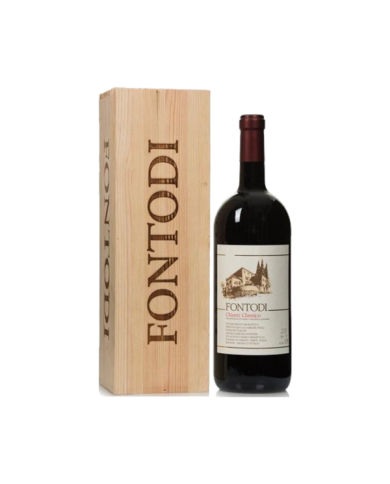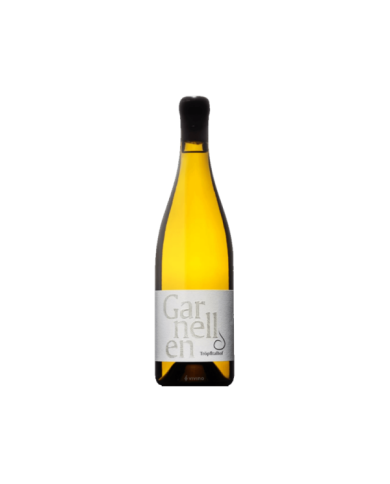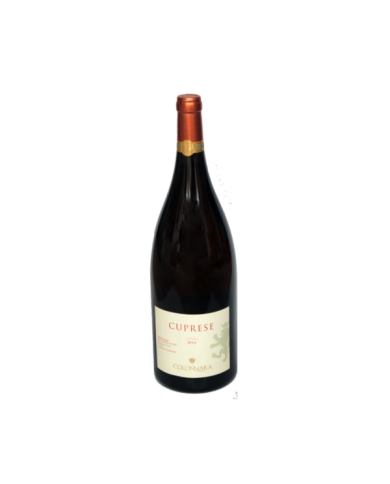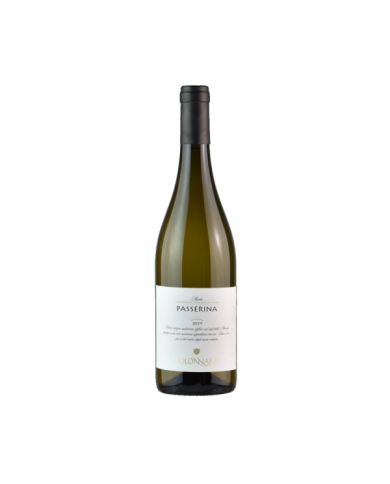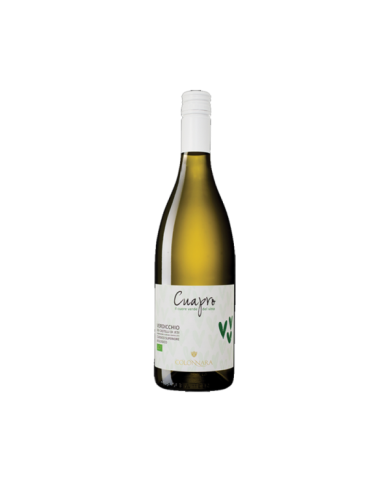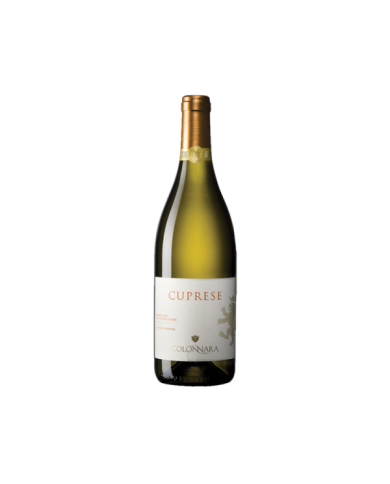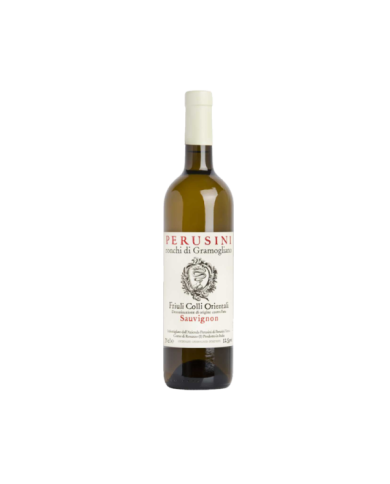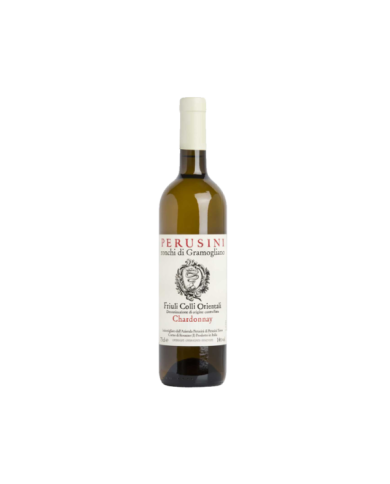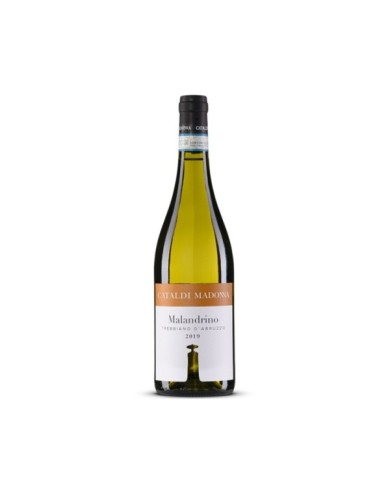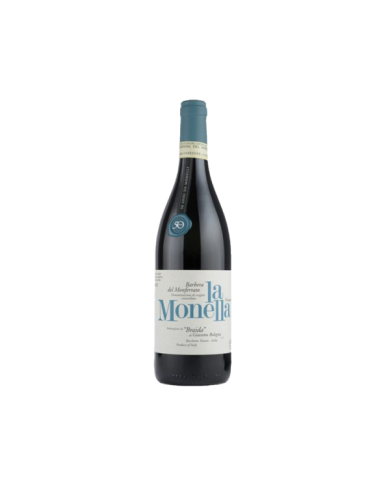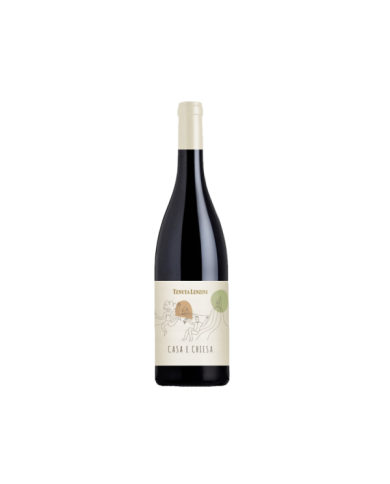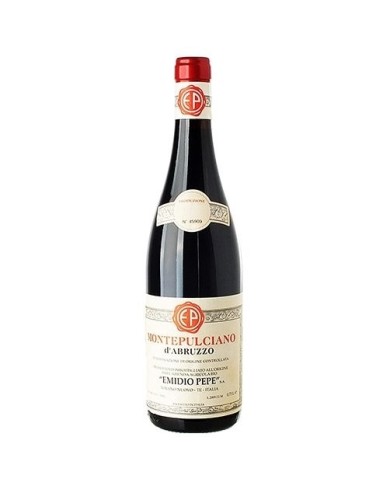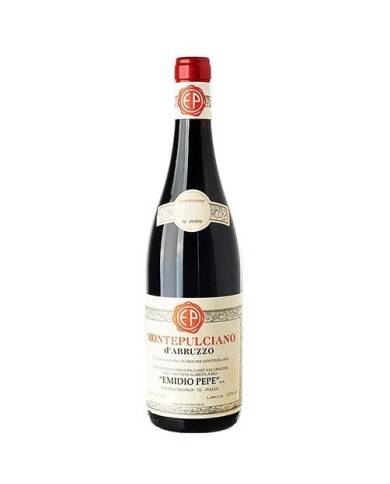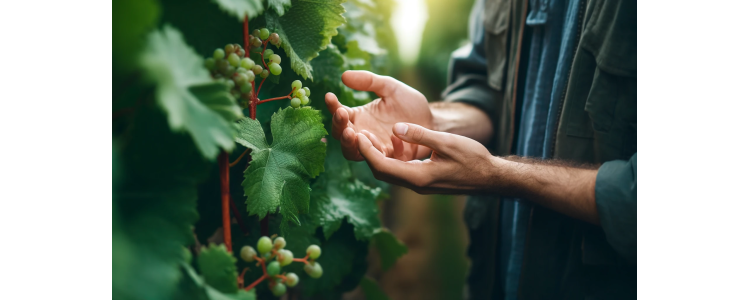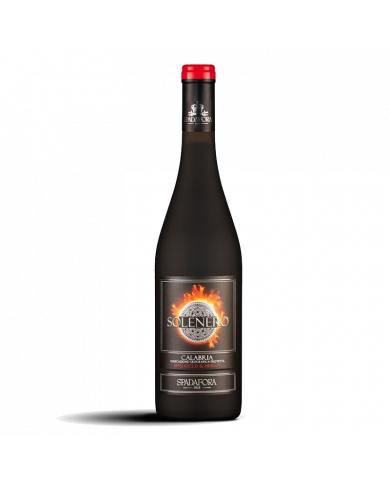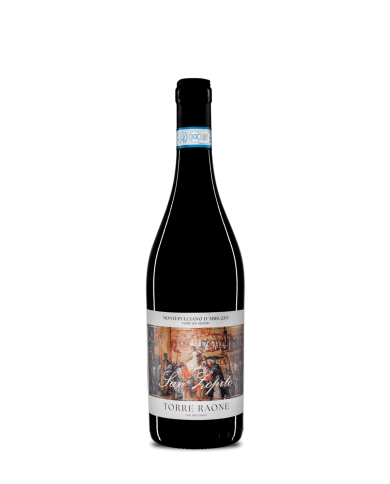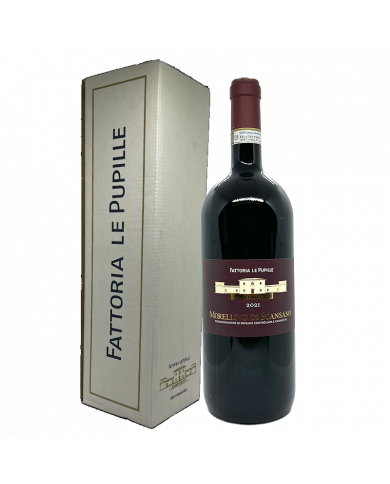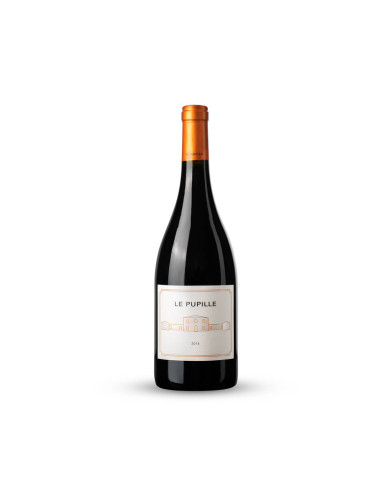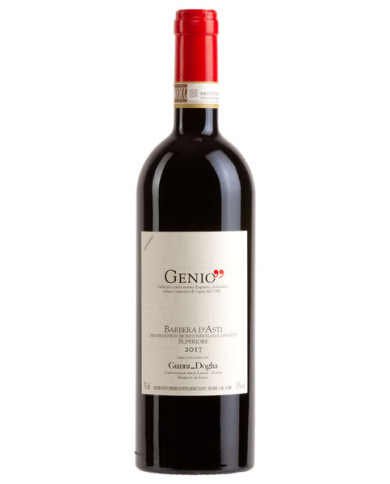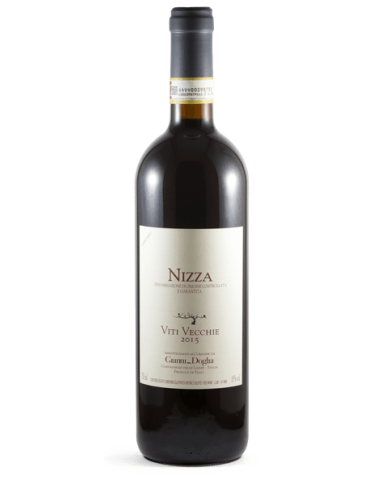Garnet red in the glass. Hints of ripe berries and jam envelop the nostrils, which are also delighted with deep spicy, tertiary and evolved tones. Balanced the sip, with a tannic texture well inserted in the structure and characterized by a good persistence.
Perfect to accompany the second courses of the land cuisine, it is to be tried with the roast pigeon.
Garnet red in the glass. Hints of ripe berries and jam envelop the nostrils, which are also delighted with deep spicy, tertiary and evolved tones. Balanced the sip, with a tannic texture well inserted in the structure and characterized by a good persistence.
Perfect to accompany the second courses of the land cuisine, it is to be tried with the roast pigeon.
Garnet red in the glass. Hints of ripe berries and jam envelop the nostrils, which are also delighted with deep spicy, tertiary and evolved tones. Balanced the sip, with a tannic texture well inserted in the structure and characterized by a good persistence.
Perfect to accompany the second courses of the land cuisine, it is to be tried with the roast pigeon.
Garnet red in the glass. Hints of ripe berries and jam envelop the nostrils, which are also delighted with deep spicy, tertiary and evolved tones. Balanced the sip, with a tannic texture well inserted in the structure and characterized by a good persistence.
Perfect to accompany the second courses of the land cuisine, it is to be tried with the roast pigeon.
Ruby red to the glass, with garnet tinge. The nose is rich in hints of overripe red fruit, which is followed by spicy hints and ethereal nuances. Balanced and full-bodied on the palate, characterised by good persistence and a fruity finish once again.
To be paired with second courses of earthy cuisine, it is excellent with roast rabbit.
Straw yellow to the eye. It opens to the nose, leaving floral scents and references to fresh yellow pulp fruit perceived. The mouth is supported by a beautiful acid shoulder and characterized by subtle mineral veins. Good persistence and clean closure.
Also excellent as an aperitif, it goes well with stuffed courgette flowers.
Vine rediscovered for some years, widespread throughout the Abruzzo region. The name "pecorino" is given by the sheep's face shape of the bunch and by the fact that when the shepherds passed through during the transhumance, the sheep stopped to graze the leaves of this vine. Cantina Wilma obtains its wine from the "Pecorino" vine with low-row plantings on sandy calcareous soil. Appearance of yellow color, excellent fruity bouquet. The flavor is harmonious and of good quality. Ideal with all seafood cuisine, it also goes well with appetizers and delicate main courses.
Obtained from native grapes and selected in the harvest. Appearance of straw yellow color with greenish reflections. On the nose it is fresh and floral with notes of white berry flowers and balsamic notes on the aftertaste. Ideal with all seafood cuisine, it also goes well with appetizers and delicate main courses.
Historic vine and our workhorse. Strong and gentle in character and softness (as it is also said of the people of Abruzzo). Obtained from native grapes and selected in the harvest. Plant in rows 1/2 height exposed to solagna on calcareous-clayey soil. Appearance of cardinal red color with purplish reflections tending to blue. Excellent and well structured. Fruity and spicy bouquet, intense flavor and good body. Ideal with grilled red meats and more, salami and aged cheeses.
Vine rediscovered a few years ago, widespread throughout the Abruzzo region. The name "pecorino" is given by the sheep's face shape of the bunch and by the fact that when the shepherds passed through during the transhumance, the sheep stopped to graze the leaves of this vine. Cantina Wilma obtains its wine from the "Pecorino" vine with low-row plantings on sandy calcareous soil. Appearance of yellow color, excellent fruity bouquet. The flavor is harmonious and of good quality. Ideal with all seafood cuisine, it also goes well with appetizers and delicate main courses.
Montepulciano d'Abruzzo DOC Color: Intense and full red with amaranth shades. Bouquet: vinous and intense bouquet of ripe red fruit and licorice. Spicy notes on the finish. Taste: Full-bodied and dry, elegant and savory. The aging in barrique gives it a powerful tannic texture.
Excellent as a still aperitif. Ideal with refined appetizers, fish dishes and with eggs. This wine is suitable for young consumption, preferably within the year following that of production in order to appreciate all its best organoleptic characteristics.
Angizia Montepulciano d'Abruzzo Doc Cantina Cerretano. Color: Ruby red, full and bright with garnet reflections. Bouquet: Intense of red fruit, in particular berries in alcohol, plum, black currant, bouquet of withered flowers and spicy notes on the finish. Taste: With a round and dry body, a perfect balance emerges between the soft components and a very lively tannin.
Wine with an intense straw yellow color, on the nose there are hints of exotic fruit and citrus. On the palate it is well structured and accompanied by a good flavor. Ideal with appetizers and raw fish, shellfish, first and second courses based on fish. Serve at a temperature of 10-12 degrees 13% VOL
An ancient vine rediscovered and vinified using modern technologies to enhance all its aromas and flavors. Wine with a pale straw yellow color with slight greenish reflections. It is a fresh, fruity wine, with citrus notes, aromatic herbs and hints of white peach, cedar, sage, jasmine and acacia. Ideal with appetizers and raw fish, shellfish, first and second courses based on fish. Serve at a temperature of 10-12 degrees 14% VOL
Ancient vine cultivated in the central Italy belt. The resulting wine is pale straw yellow in color. The nose is intense and elegant with floral scents, notes of white pulp fruit and delicate spicy hints. In the mouth it opens on a pleasant consistency with a slightly acidic structure that gives integrated freshness to a round finish that preserves sweet fruity nuances. Ideal pairing with fish-based dishes, or fresh pasta cheeses.
VIEW Light straw yellow with greenish reflections. SMELL Delicate floral bouquet of lilac, honeysuckle and acacia. TASTE Fruity, citrus aromas, pleasantly acidic, slender body.
A wine of excellence, made from organic Pecorino DOCG Tullum grapes. Spontaneous fermentation, no filtration, only natural sulphites.
A concentrated ruby red leaves room for an intense hint of plums and small red fruits, on all blackberries and raspberries. To the taste there is full correspondence in the aromas with an excellent intense, savory and full-bodied finesse.
The impenetrable ruby red color with purple hues would like to hide what comes to the nose intensely: black cherry in alcohol and jam, leather and almond. The taste is warm, full, rightly tannic and savory.
In the glass it has a straw yellow color, slightly opalescent. A bouquet of Mediterranean scrub immediately arrives on the nose, the taste is full, with hints of pear and an almond finish.
At sight it is opalescent light pink, tending to onion skin. The nose is intense with the scent of pink grapefruit and in the background of lychees. The taste is fresh, savory and full-bodied.
The wine production of Cantina Lunaria finds expression from the love and respect for an authentic land, from the desire to leave its pungent charm unchanged while making the most of its potential.
An extreme wine in character, unpredictable in strength, persistent in memory, sumptuous in all its expressions. These wines represent the intensity and courage of a dream. A wine that tells about the men she met: those who worked the land, those who made it fertile, those who raised the vines, those who reaped the fruit, those who made it a precious divine gift. The courage of dreams is the energy that moves man to create new ideas. Here the limits of the earth, harsh, sloping and complex, become sumptuous stimuli for extreme expression in wine: character dominates and does not abandon like a loyal companion who never forgets wherever he is. A style that comes from the strength to listen to nature without giving in to fashions
The grapes, after a careful selection, are de-stemmed and crushed, the skins are left in contact with the must with their indigenous yeasts for 10/15 days at a constant temperature of 25/28 ┬░ C. The refinement takes place partly in oak barrels and partly in stainless steel tanks for at least four months. Refinement in the bottle follows. At tasting it has an impenetrable ruby red color. Scent of red fruit and black cherry jam on everything, light notes of cocoa and toasting complete the bouquet. Warm taste, rightly tannic and therefore soft, intense, and with the typical almond finish. Ideal with cold cuts, grilled and baked meats, first courses with very structured sauces.
The whole bunches are sent to the pneumatic press and the must is fermented with its indigenous yeasts at a low temperature (12-14 ┬░ C) in stainless steel tanks for about 30 days. The refinement takes place in steel tanks and, subsequently, in the bottle. At tasting it has a straw yellow color. Intense aroma with hints of broom, white pulp fruit, and ethereal. Fresh, intense, savory and full-bodied taste. Excellent to accompany an elaborate seafood cuisine, medium-aged cheeses, structured first courses, white meats.
The whole bunches are sent to the pneumatic press and the must is left to ferment with its indigenous yeasts at a low temperature (12-14 ┬░ C) in stainless steel tanks with the skins for about 30 days. The refinement takes place in steel tanks on the fine lees, followed by the bottle. At tasting it has a coppery color. Intense floral bouquet, fruity with yellow pulp, ethereal hints. Fresh, intense and savory taste. Excellent to accompany seafood, cod, first courses with light sauces, white meats.
VIEW Intense ruby red with slight purple hues, tendency to garnet with aging. SMELL Aromas of red fruits, spices, intense, ethereal. TASTE Full, dry, harmonious, rightly tannic.
VIEW : Straw yellow. SMELL : Delicate floral bouquet with notes of white flowers, smoky and hazelnut. TASTE : On the palate it is citrusy, fresh, sapid, long and mineral, fresh.
GRAPES : 100% Pecorino HARVEST : end of September VINIFICATION : Maceration at low temperature after destemming of the grapes and temperature controlled alcoholic fermentation in steel tanks. TASTING : To be accompanied with Pasta, Vegetarian, Appetizers and snacks, Lean fish, Salami.
Grapes: Trebbiano d'Abruzzo DOC Year: 2020 Alcohol content: 12.5% - Format: 75cl Refinement: steel Tasting: Straw yellow color. Fruity fragrance. Fresh and persistent taste Pairings: first courses with vegetables, seafood, fish dishes
Company : Cantina Tollo region : Abruzzo (Italy) Name : Terre di Chieti IGT (PGI) Vegan Type : white, dry, still Variety : Pecorino 100% Alcohol content : 13% Year : 2019 Format: 750 ml
A wine that tells the authenticity of nature, just as beetles are proof of the vitality of the woods.
Pairings
Raw fish and shellfish, fish dishes in general also excellent with fresh or spun curd cheeses
A wine that tells the authenticity of nature, just as bees are proof of the quality of food.
Pairings
Excellent as an aperitif or with fish-based dishes, white meats and fresh cheeses
Pairings
Excellent as an aperitif and with all seafood, white meats and fresh cheeses.Production area: Salento, Puglia Grape variety and vinification: Organic Primitivo. Destemming and pressing of the grapes, maceration at a controlled temperature for 8-10 days with regular pumping over. Drainage and milky fermentation in stainless steel tanks. Aging in American and French oak barrels used for the following 6-8 months. Color and combination: Red. It goes well with roasted and braised red meats, game, noble poultry, semi-aged cheeses, it is ideal to accompany lamb and kid dishes.
Production area: Sambuca di Sicilia (AG) Grape variety and vinification: Organic Nero d'Avola. The organic grapes are de-stemmed and left to ferment for 15 days at 25 ┬░ C, with frequent and regular pumping over. The malolactic fermentation takes place for 50% in cement tanks and for the remainder in 250L barriques. After 4 months of aging the wine is ready to be clarified, filtered and bottled. Color and combination: Red. All types of pasta with sauces, roast meat and game. Also excellent with aged cheeses.
Production area: Roseto degli Abruzzi, Abruzzo. Grapes and Vinification: Montepulciano dAbruzzo, organic grapes. Malolactic fermentation and aging in French and American oak barrels for 24 months. Color and Pairing: Red, excellent with red meats and long-aged cheeses.
From one of the oldest vines in the world, Moscato Bianco, our Passito di Noto is born. Passito is an ancient wine that becomes current with a modern drying system. Explosive aromas of exotic fruit, jasmine, candied citrus, it is both complex and easy to love. The ideal companion of the great Sicilian tradition of sweets and ice cream.
Wine from dried grapes of the best Sangioveto, whose must has been fermented and aged in small oak casks. It takes its name from the typical amber color with garnet reflections. Dogwood red color with strong notes of ancient amber. Scent of aged leather mixed with curry and plum jam that fades into notes of freshly split oak. Full and rich taste characterized by an intriguing fusion of balsamic notes with candied citrus and gingerbread.
Petrolo 's Boggina B is a full-bodied, soft and round Trebbiano Toscano-based white wine, vinified and aged for 24 months in barrique, in pure Burgundian style. Intense aromas of ripe fruit, flowers and vanilla emerge in succession in a structured and enveloping tasting experience, with good minerality, freshness and excellent elegance. Organic wine
Torrione di Petrolo is a warm, compact and full-bodied Tuscan red wine, obtained mainly from Sangiovese grapes and aged in wood for about 15 months. The olfactory profile is enveloping and very fruity, the taste is structured, spicy and persistent
Our first Rose, Beppe Rosato is a blend of Sangiovese and other red grapes of the Tuscan tradition. It is a peony pink color, fresh scent with notes of pineapple and peach. Fresh bouquet on the palate, savory with good persistence.
This charming chianti every day takes its name again from a song by Sting - When We Dance. With 95% Sangiovese blended with Canaiolo and Colorino, the alcohol content is 13%. When We Dance is a magnificent ruby red color and has a balanced and soft palate. Perfect to combine with traditional Tuscan recipes.
Golden yellow color, with fruity and floral aromas where mimosa stands out, bursts with a fresh and savory sip.
The Nobile is the wine that best manages to be the spokesperson of our land. Here the indisputable protagonist is undoubtedly Sangiovese, the "blood of Jupiter". A wine for the gods. Spontaneous fermentation, Zeus' nectar deserves our greatest care, which is why we refine the batches deriving from each plot separately for 18 months, in small and large capacity oak barrels. Biological
With a warm and sensual character, full of fruity notes and sweet spices, Desiderio 2016 goes perfectly with savory dishes, such as roast lamb, aged cheeses and game. Intense ruby red in color, this wine reveals an inviting bouquet of black cherries and blackberries with notes of eucalyptus and fresh mint, underlined by elegant sensors of roses and sandalwood. Well structured and very persistent, in the mouth it is enveloping and caressing, characterized by fruity notes and fine-grained tannins.
Intense ruby red to the eye. Elegant on the nose, it initially gives fruity hints of blackberries, morello cherries and raspberries, followed by flavors of aromatic herbs, licorice, chocolate and coffee beans. Precious shades of goudron and cedar wood complete the olfactory picture. The palate is refined and important, well developed in the tannic texture, with a good structure and long persistence. Requires to be combined with meat preparations. Excellent to accompany stewed kid.
One of the pearls of Tuscany is represented by the Vino Nobile di Montepulciano DOCG , one of the flagship products of the historic Avignonesi winery. The label is a blend made up of different vineyards, in different areas, of 100% pure Sangiovese grapes.
In Avignonesi , the pursuit of excellence goes hand in hand with the experimentation of 100% Tuscan winemaking processes, with the intention of allowing the habitat to prevail over external influences. For this particular organic wine, Avignonesi has set aside steel and oak in favor of Tuscan clay. The name Da-Di , the Chinese term for " earth-soil ", was chosen to underline this peculiarity.
A commendable wine without great pretensions but still well balanced and fragrant with hints of ripe red fruit and a slight spacing. Recommended pairings: Pasta, Beef, Veal, Cheese. Uncork and decant before serving at a temperature between 16 - 18 ┬░ C.
Meirggio di Fontodi is a juicy and refined Sauvignon Blanc that has a lot to offer white wine lovers. The nose is stolen and crunchy with hints of river rocks, fresh herbs, white wildflowers and a sprinkling of peppery spices. Agile, this wine enhances the palate, driven by its two engines: savory and marked acidity. Pleasant upon release, this sophisticated white will drink wonderfully even in a few years' time. Meriggio comes from the Fontodi vineyard, facing north, La Rota. The grapes ferment in stainless steel at a controlled temperature, and then the wine matures on the lees for six months, mainly in stainless steel, with a small percentage in amphora.
The Chianti Classico "Filetta di Lamole" is a red wine of good freshness and pleasantly tannic that comes from Sangiovese grapes grown on the extraordinary Filetta vineyards at about 600 meters above sea level. Aged for 24 months in large barrels, it reveals an intense and refined profile, with a tonic, fresh and precise sip, enriched by a rich aromatic set of violets, currants, aromatic herbs, licorice and spices. Organic wine
Wine obtained from Passerina grapes, an autochthonous white grape variety widespread mainly in the South of the Marches and known by various names, such as "Pagadebito Gentile", "Campolese" and "Uva Passera". It is a pleasant and ready-to-drink white wine, fresh and medium-bodied, with a low alcohol content.
Naturalness, genuineness and passion are the basis of this organic wine produced with grapes from the lands of Cupramontana Apiro and Rosora from which the name Cu-Ap-Ro derives.
Cuprese is an organic wine that represents the true symbol of the Colonnara winery, perfectly embodying the character of the Verdicchio grape. It shows a straw yellow with greenish reflections, tending to golden with aging. On the nose initially fruity and floral hints stand out that leave room for complex notes of flint. On the palate it is full-bodied and balanced.
At sight it appears bright straw yellow with golden reflections. The scent is fruity with citrine notes of grapefruit, elderflower and peach. On the palate it is warm and voluminous, with good flavor. Ideal to accompany first courses with strong flavors, seafood and spicy dishes.
Chardonnay DOC is a high-class Friulian white wine, produced by the Perusini Farm, located in Corno di Rosazzo in the province of Udine, on the eastern Friulian hills. The grape that gives rise to this wine is 100% Chardonnay , a French vine with a fruity and characteristic aroma. The vinification takes place in steel at a controlled temperature , followed by six months of aging on the fine lees. At sight it appears bright straw yellow with green reflections. The scent is fruity with notes of pineapple, banana, chamomile and yeast. On the palate it is full and fruity with notes of yellow flowers and peach, with good flavor and minerality in the finish.
Straw yellow, the nose expresses a beautiful olfactory profile, all played on fresh notes of fruit and freshly picked flowers. In the mouth it has sprint and elongation, it is balanced and defined by a good acidity and a minerality that peeps out at the end of the tasting. Very clean, with excellent persistence.
Excellent as an aperitif, Trebbiano goes well with fish-based first courses. Spaghetti with seafood.
The appearance has a light straw yellow color, with delicate golden reflections. The perfume envelops the nose with a delicate floral bouquet, with fresh notes of citrus fruits such as grapefruit and lemon, important hints of white flowers towards the bottom, which form a complex and intriguing aromatic game. The taste is of excellent correspondence on the palate, with varied perceptions and a very long aromatic finish. Elegant and very balanced wine, certified "Vegan Vegetarian Quality". An excellent wine for aperitifs, to be combined with Ascolane olives and with typical dishes of the Marche tradition. The serving temperature is 8 ┬░ C. The alcohol content is 13% Vol.
It has an intense straw yellow color with emerald reflections. The scent is characterized by notes of field grass, white flowers and vanilla which together inebriate the sense of smell. The taste in the mouth is fresh and pleasantly savory, soft and enveloping, it has a good persistence. It is excellent to accompany seafood main courses, raw seafood appetizers. The optimal serving temperature is 8 ┬░ C in a large and high wine glass. The alcohol content is 13.5% Vol.
COLOR : red with slight garnet reflections. BOUQUET : full, intense and persistent, pleasantly spicy and slightly fruity with hints of red fruits and subtle flavors of jam. The harmony and balance of the aromatic components give this wine the characteristics and flavors typical of its place of origin.Wine of strong typicality and personality, it has a harmonious and full flavor, with excellent body and a long finish with light and pleasant tannins . In other words, the good alcohol content, the low acidity and its soft tannins ensure that this wine is endowed with a remarkable personality and presents a harmonious taste with a full body and a long finish.
Barbera del Monferrato was born in some territories of the provinces of Asti and Alessandria entirely dedicated to the cultivation of Barbera grapes, one of the symbols of Piedmont and of Italian viticulture. In Monferrato both immediate and drinkable expressions and intense and elegant interpretations are born. The latter can be called Superiore if they benefit from aging in oak barrels for at least 6 months. These are high quality red wines, inseparable companions of good food.
Cirelli 's Montepulciano d'Abruzzo is a simple, immediate and sincere expression of the land of Abruzzo, produced with spontaneous vinification in steel. It has a delicate and light bouquet of small red fruits and wild herbs and a fresh, savory, immediate and thirst-quenching taste. Organic wine
Ruby red wine with violet reflections. It has notes of red fruits, jam and sweet spices on the nose with a finish of vanilla and cocoa. In the mouth it is fresh, tannic and persistent Tagliatelle with ferla mushrooms, pasta with meat sauce, roast pork in milk with homemade bread croutons, grilled meat, walled octopus
Deep ruby red. It develops hints of ripe red fruit on the nose, with a vinous and herbaceous touch. In the mouth, great mineral momentum, good tannic structure and full body. It spreads out with balance and boldness on fruity vibes. Persistent and harmonious. Deep and elegant, Emidio Pepe 's Montepulciano d'Abruzzo is a wine that goes well with main courses of meat, especially lamb-based. Excellent with the very traditional kebabs.
From a year whose continuous rains have put virtually anyone in difficulty, throughout Italy, Emidio Pepe offers a Montepulciano of great style, the perfect representation of this very complicated vintage. Garnet red, on the nose it expresses autumnal and only remotely fruity notes before opening to a balanced and elegant taste, never screamed, perfectly inserted in this so measured context. Shy, but no less expressive.
Famous and full-bodied expression of Sangiovese from Tuscany, Fontodi 's Chianti Classico is an intense and elegant wine, aged in old barriques for 24 months. Allows aromas of violets, leather and tobacco to emerge in the glass. The sip reveals body, spice, clarity and precision. Organic wine
Sale of Organic Wines: everything you need to know
Organic wines represent a sustainable and natural choice for consumers who want to buy quality products. In this article, we'll reveal everything you need to know about selling organic wines, from product characteristics to online purchase methods.
What is an organic wine
An organic wine is a product that is produced according to the organic cultivation method. This means that the grapes used for the production of wine are grown without the use of pesticides, chemical fertilizers and other chemical products harmful to the environment. Furthermore, during the production of organic wine, no artificial preservatives or additives are used.
The characteristics of organic wines
Organic wines are distinguished by their quality and their unique taste. Being produced with naturally grown grapes, organic wines have a more authentic and genuine taste than conventional wines. Additionally, organic wines are generally lighter and more delicate on the palate, with balanced acidity and a fruity aroma.
The sale of organic wines online
Selling organic wines online is one of the most comfortable and convenient ways to buy this quality product. Thanks to the spread of e-commerce and the growth in demand for organic products, there are more and more online wine shops offering high quality organic wines.
To buy organic wines online, it is important to choose a reliable and professional seller who offers a wide choice of quality products. Furthermore, it is advisable to read the reviews of other customers to get an idea of the quality of the service and the products offered.
The advantages of organic wines
Organic wines represent a sustainable and environmentally friendly choice. The cultivation of grapes according to the organic method reduces the impact on the ecosystem and preserves biodiversity. Additionally, organic wines are free from harmful chemicals, making them healthier and safer for consumption.
How to choose the right organic wine
When choosing an organic wine, it is important to take into account the characteristics of the product and your personal preferences. It is advisable to read the labels of organic wines to learn about the grape varieties used, the place of production and the cultivation method. In addition, you can consult the reviews
The organic certification of wines
To ensure the quality and sustainability of organic wines, an official certification is required. In Italy, the certification of organic wines is managed by the Ministry of Agricultural, Food and Forestry Policies (MIPAAF), which issues the "Organic Agriculture" quality mark.
To obtain organic certification, wine producers must follow rigorous cultivation and production criteria, which include the use of sustainable and environmentally friendly agricultural practices. Furthermore, organic wines must comply with certain sulfur limits and cannot contain artificial additives or preservatives.
The types of organic wines
There are different types of organic wines, which differ in the type of grape used and the production method. Some of the most common grape varieties for organic wines are Sangiovese, Chianti, Pinot Noir, Merlot, and Cabernet Sauvignon.
In addition, there are also organic wines with no added sulphites, which are free from chemicals and offer an even more authentic and natural tasting experience. These wines are particularly suitable for people suffering from food allergies or intolerances.
Tips for tasting organic wines
To fully appreciate the quality of organic wines, it is important to taste them correctly. Here are some tips for tasting organic wines:
- Use a clear crystal glass, which allows you to evaluate the color and texture of the wine;
- Observe the wine in the light to evaluate the transparency and intensity of the color;
- Smell the wine to grasp its aromas and perfumes;
- Taste the wine, swirling it in your mouth to appreciate its taste and structure;
- Pairing organic wine with organic foods, to enhance their natural characteristics.
To conclude, buying organic wines online can offer many advantages, including greater convenience, a vast choice of products and greater transparency on the quality and origin of the wines. However, it is important to choose a reliable and professional e-commerce that offers guarantees of safety and quality on the products offered.
Finally, it is important to remember that the choice of organic wines is not just a matter of taste, but also of social and ecological responsibility. Choosing to buy organic wines means supporting sustainable agricultural practices, respecting the environment and contributing to the protection of our planet. In this way, every consumer can become an active actor of change, promoting a healthier and more sustainable lifestyle for everyone.

